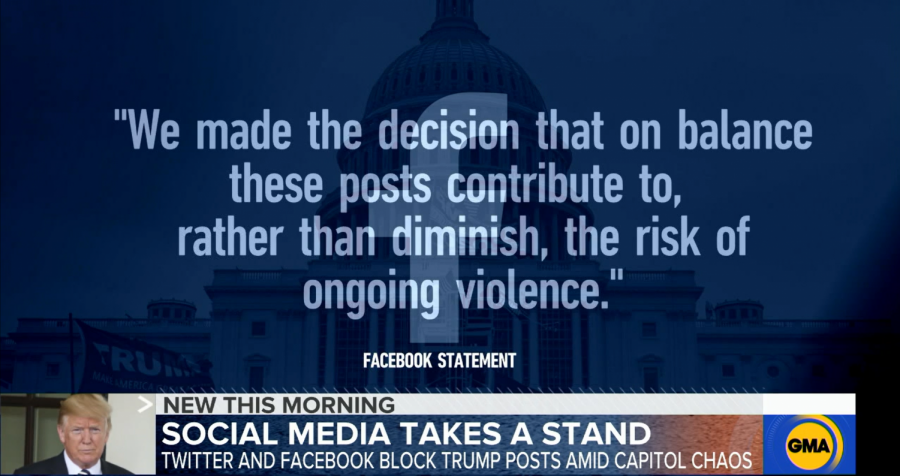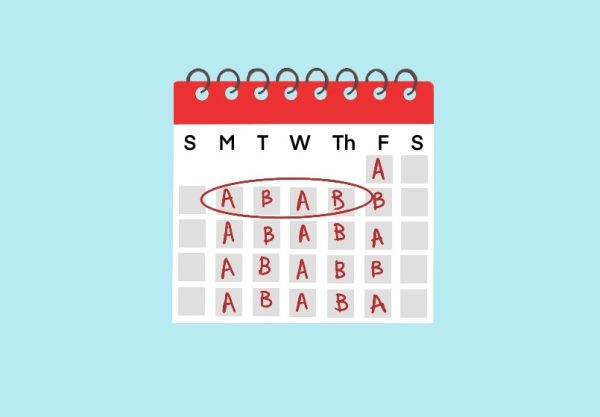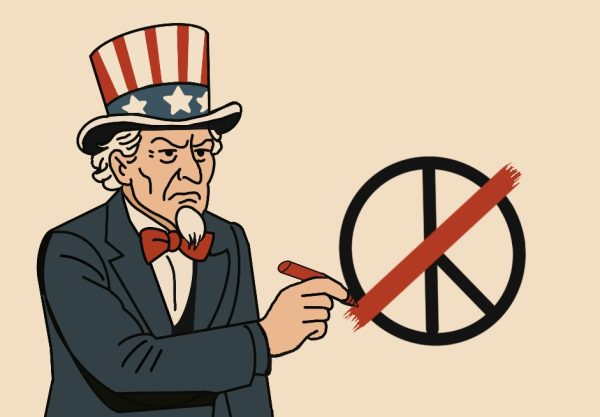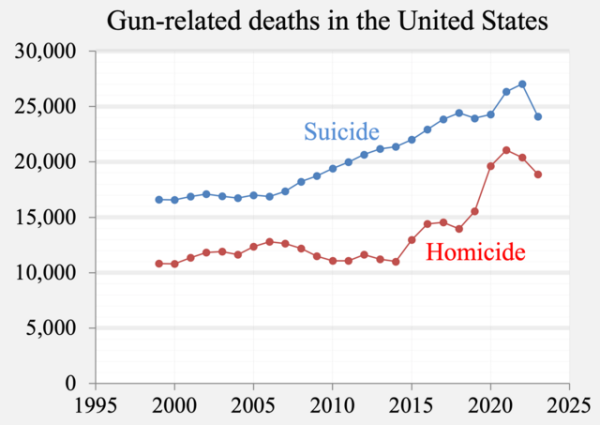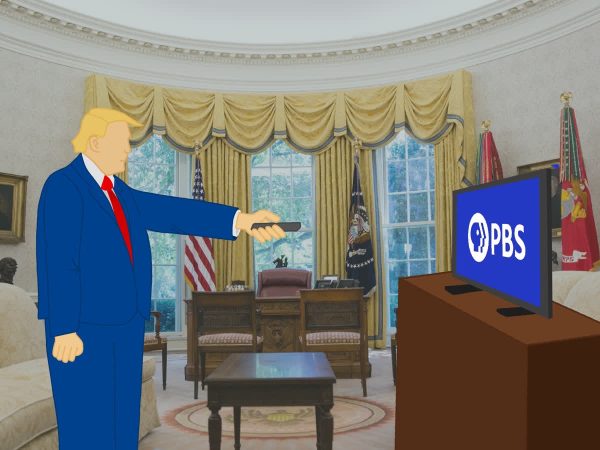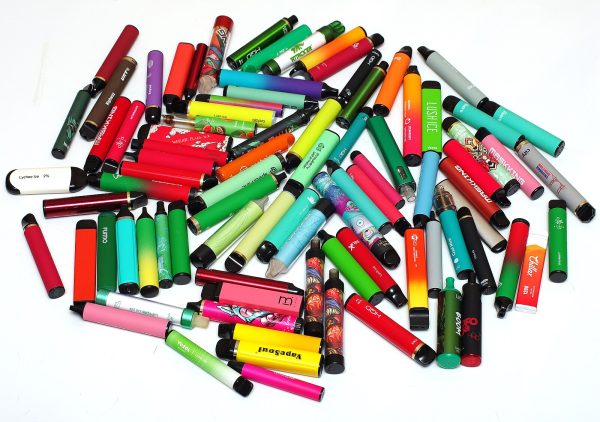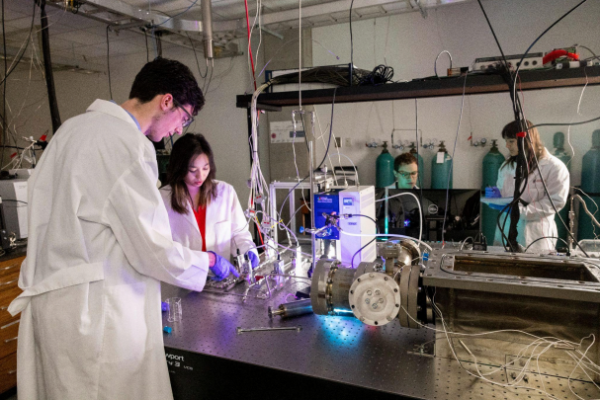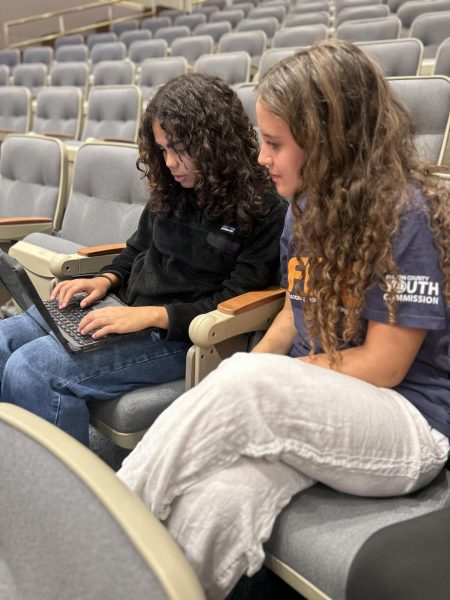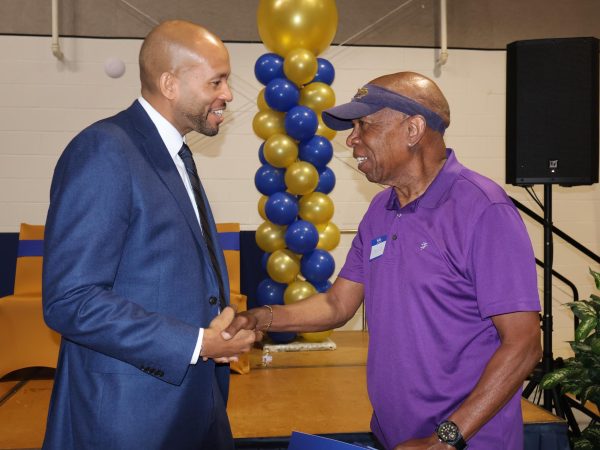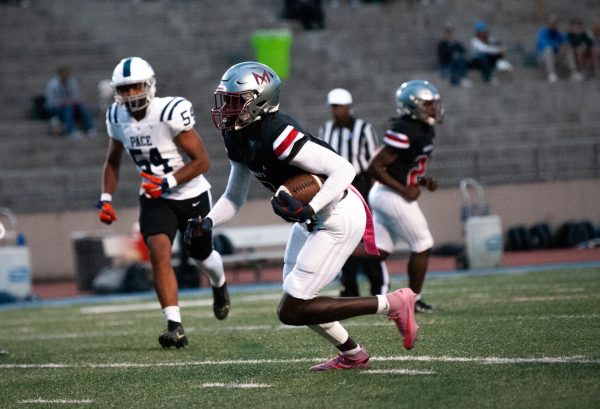President Trump’s inflammatory falsehoods responsible for Capitol siege
After the siege on the US Capitol on Jan. 6, social media platforms including Facebook, Twitter and Instagram have temporarily shutdown Trump’s accounts citing that his posts incite violence.
At 11:37 a.m. on Jan. 7, a day after a Trump-supporting mob stormed the U.S. Capitol building in protest of the 2020 election results, Facebook CEO Mark Zuckerburg banned President Donald Trump from the site indefinitely. Zuckerburg and his team believed that “the risks of allowing the President to continue to use our service during this period are simply too great.” Twitter had locked the President’s account for 12 hours the night before. Both sites were worried that the president would further incite the destructive mob.
This prompts the question: why did it take so long?
President Trump has been spewing misinformation, creating suspicion of “fake news” and fueling hateful sentiments well before his term as president. When neo-Nazis marched through Charlottesville, VA in 2017, Trump called them “very fine people” and legitimized their white supremacy. Trump has repeatedly undermined the democratic process, encouraged conspiracy theories and circulated false medical information about Covid-19.
Last night was years in the making. Trump has promoted lie after lie to the American public, and his falsehoods boiled over into an invasion of the Capitol building.
Social media has real ramifications. Trump’s tweets and posts prove that if you make inflammatory falsehoods, claiming that a free and fair election was rigged, there will be retaliation from people convinced their democracy and agency is at threat. You can’t expect die-hard supporters not to listen to Trump when he tells them to “walk down to the Capitol.” Rudy Guiliani, Trump’s lawyer, even called for “trial by combat.”
The mob was built and fueled by falsehoods, most of which came from the president himself. He has claimed voter fraud when there is none, and insisted that he has won the presidential election when he has lost.
Trump is the second president to use Twitter, but the first to use it as a platform for reactions. Coming from the highest office in the land, it’s easy to see how so many have become convinced that these are facts, not opinions. When you tweet under the @POTUS handle, you’re representing the United States of America to the world, and Trump has left a terrible impression. Last night was the final straw for Facebook, Instagram and Twitter.
Though today represented the beginning of the end of Trump’s hateful dictatorship on social media, more must be done to combat the blatantly misguided and repulsive rhetoric being spread across the internet. The mob planned their actions through conservative media sites Gab and Parler. The crowd last night included Proud Boys, a neo-facist group, and QAnon supporters, whose conspiracy theories spread through Facebook, Reddit and YouTube.
We cannot pretend that because Trump’s online presence is gone, the problem is over. This is the time for social media sites, the App Store and the country to deal with our alt-right problem. American institutions and the American people have been openly threatened. We can only hope that after yesterday, the public has come to realize the danger of white supremacy and neo-Nazisim. We cannot go back to business as usual, accepting the proliferation of dangerous hate speech. We can’t continue to let hatred and destruction thrive– online or elsewhere.

Anna Rachwalski is a senior and this is her third year writing for the Southerner. Outside of the newspaper, she is president of the Quiz Bowl team, is...


